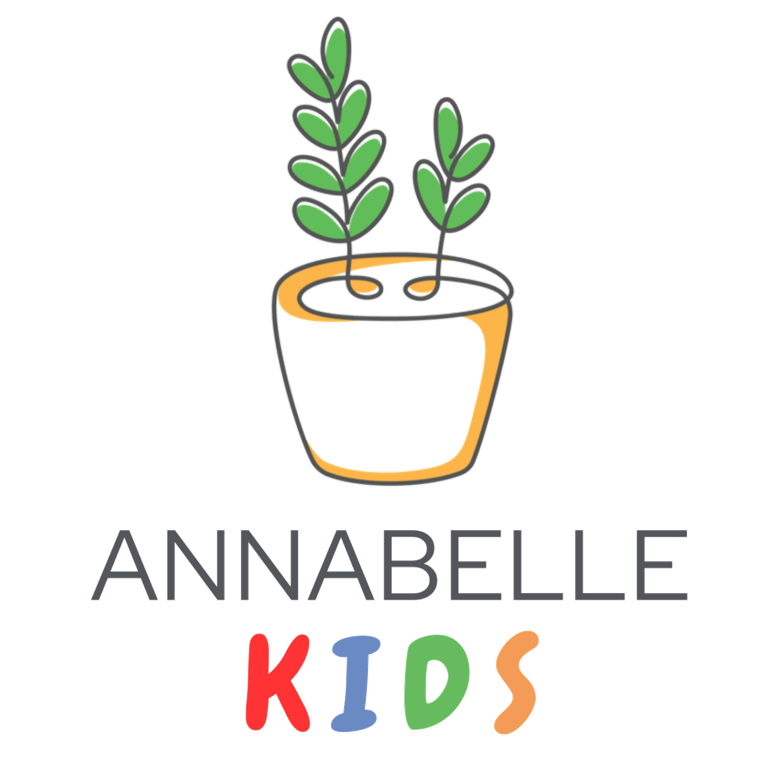Speech & Language
What is Social Communication?
Social communication is how we use language in social settings. In a Speech & Language science context, social communication is also referred to as pragmatics.
Why do kids have Social Communication difficulties?
There are many reasons why children might experience difficulties with social communication. For example, children with a diagnosis of an Autism Spectrum Disorder (ASD, including Asperger’s Syndrome) or other neurodevelopmental disorders typically experience some level of difficulty with social communication.
What are some types of Social Communication difficulties?
There are multiple ways in which a young person can experience social communication difficulties. Some can be quite obvious but others can be more subtle and harder to spot. For some young people, they may struggle to make and maintain friendships, which is impacting on their mental health and confidence.
Examples of social communication difficulties could be not understanding the need to take turns, being unable to read others’ body language or speaking over others. This course will help to identify the specific areas the young person is struggling with and explicitly support them to understand what they can do to improve how they socialise with peers.
Social Communication is an Important Life Skill
Social communication is important in order to be able to build social relationships with other people. It is also important in academic and school settings, as many curriculum based activities rely on working in groups and communication between peers.
What does Social Communication therapy look like?
During therapy for social communication issues, a Speech Therapist will work on skills to allow your child to better understand & improve conversations with another person in a social setting. Children are taught basic concepts to understand how natural conversation flows. They will also learn to recognise and understand social cues given by others such as eye contact and body language.
Referral Criteria
Ψ Autism spectrum disorder
Ψ Social Communication Needs
What we will work on
Ψ Understanding & improving conversation
Ψ Understanding social cues
Ψ Understanding conversation flow
What we want to accomplish
Ψ Ease student anxiety around communication
Ψ Enhance understanding of social situations
Ψ Skills to understand perspective-taking and empathy
